Are All Tokens Created Equal?
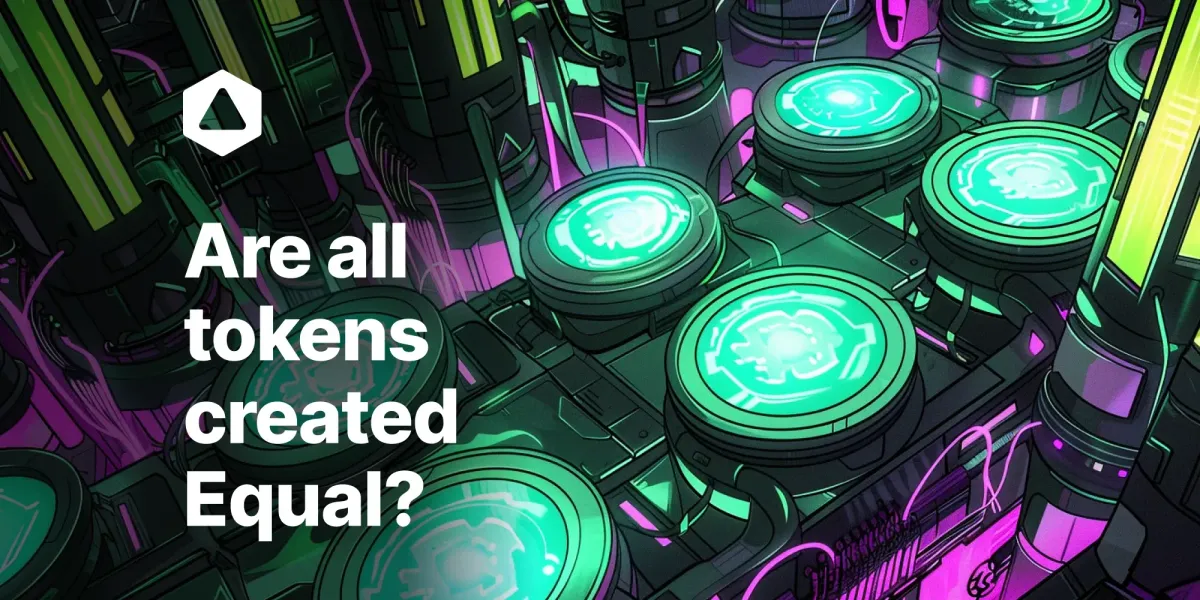
As a vivid user of several blockchain protocols, you’ve likely encountered terminologies that are difficult to understand at first. “Token standard" is likely of those terms.
In this article, you’ll learn everything about the token standard and and what it means. Before we delve into the details it is important to first distinguish between tokens and cryptocurrencies.
Understanding the Difference Between Tokens and Cryptocurrencies
Cryptocurrencies and tokens are both digital currencies used in the blockchain space for several purposes. However, they are two different types of asset classes.
On the one hand, crypto is specifically created for blockchain and used for several activities including payment, store of value, incentivizing users, and more. They are also called native currencies of a blockchain. Examples are bitcoin (BTC) for the Bitcoin blockchain and Ether (ETH) for the Ethereum blockchain.
Crypto tokens, on the other hand, are assets or utilities created for particular protocols or decentralized applications (dApps) built on a blockchain. These tokens are created using smart contracts, which comprise sets of rules.

These can be used are used for voting rights, access to certain functionalities. Some examples are Wrapped Bitcoin (WBTC), Tether (USDT), and USD Coin (USDC).
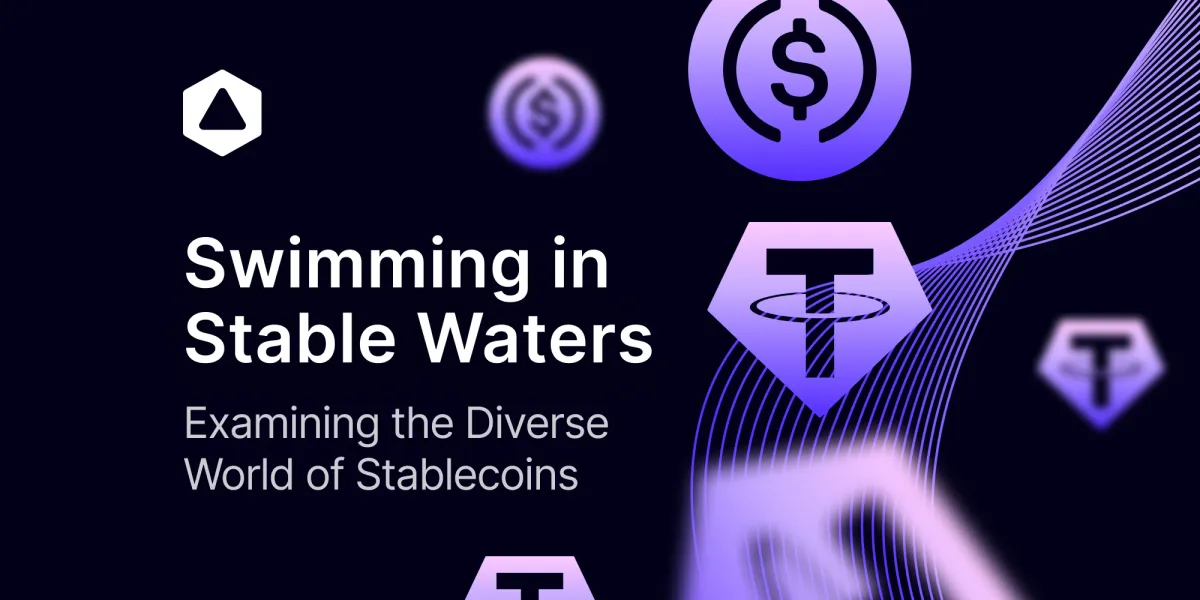
With this newfound clarity on what exactly tokens are and how they differ from cryptocurrencies, let's discuss what token standards are.
Understanding Token Standards
Token standards are rules and technical specifications that determine how tokens function. Some of this includes how they are created, function, transferred, and interact within the blockchain.
One of the main benefits of token standards is that it allows tokens to be composable and interoperable with each other. Interested in blockchain interoperability? Read our article on its importance below.
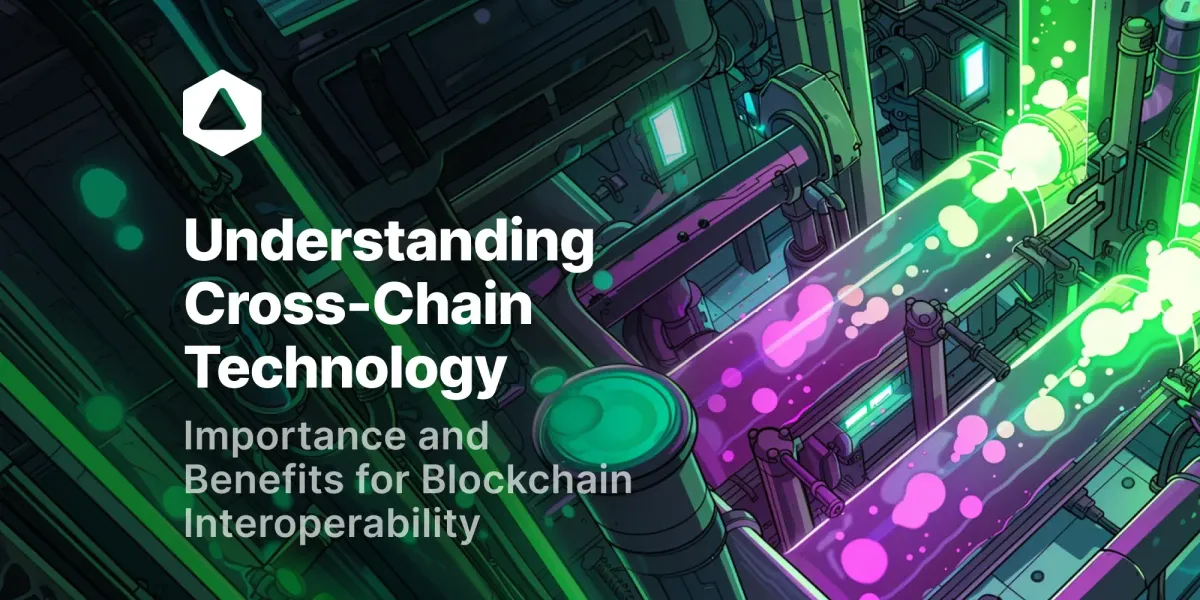
Without a token standard, every token would need its own separate application to function. This standardization helps developers create tokens that are usable on DeFi apps, and other crypto platforms.
Token interoperability, or composability, allows tokens to interact easily within the same blockchain or across compatible systems, it ensures their use in wallets, dApps, and other networks.
Different Types of Token Standards
Every token standard has its unique framework. Although ERC-20 is one of the most popular, there are several token standards specific to different blockchains.
We will briefly explain some common token standards for you below.
ERC-20 Token Standard
Ethereum Request for Comment 20 (ERC-20) was introduced in November 2015 by Ethereum core developer Fabian Vogelsteller under the Ethereum Improvement Proposal 20 (EIP-20). The ERC-20 standard is a set of rules and guidelines for creating fungible tokens on the Ethereum blockchain.
Fungible tokens are interchangeable digital assets with equal value. For example, Ether (ETH), the native cryptocurrency of Ethereum, is a fungible token—one ETH is always equal in value to another ETH.
ERC-20 is one of the many token standards on Ethereum. ERC-721 and ERC-1155 are two popular standards that we will briefly discuss.
ERC-721 Token Standard
Ethereum Request for Comment 721 (ERC-721) is a token standard that defines how non-fungible tokens (NFTs) are created, distributed, and managed on the Ethereum blockchain. It was proposed in January 2018 by Ethereum developers William Entriken, Dieter Shirley, Jacob Evans, and Nastassia Sachs.
Non-fungible tokens (NFTs) are unique digital assets that cannot be exchanged one-for-one. For example, a specific digital artwork tokenized as an NFT is unique and differs from other NFTs; even if they look very similar, they can't be exchanged one-for-one.
NFTs become interactive across Ethereum platforms and applications thanks to the ERC-721 token standard. This is your go-to standard if you ever plan on creating and managing unique digital assets, such as collectibles, art, and real estate on Ethereum. If you want to learn more about NFT's on the Internet Computer, check out our article!
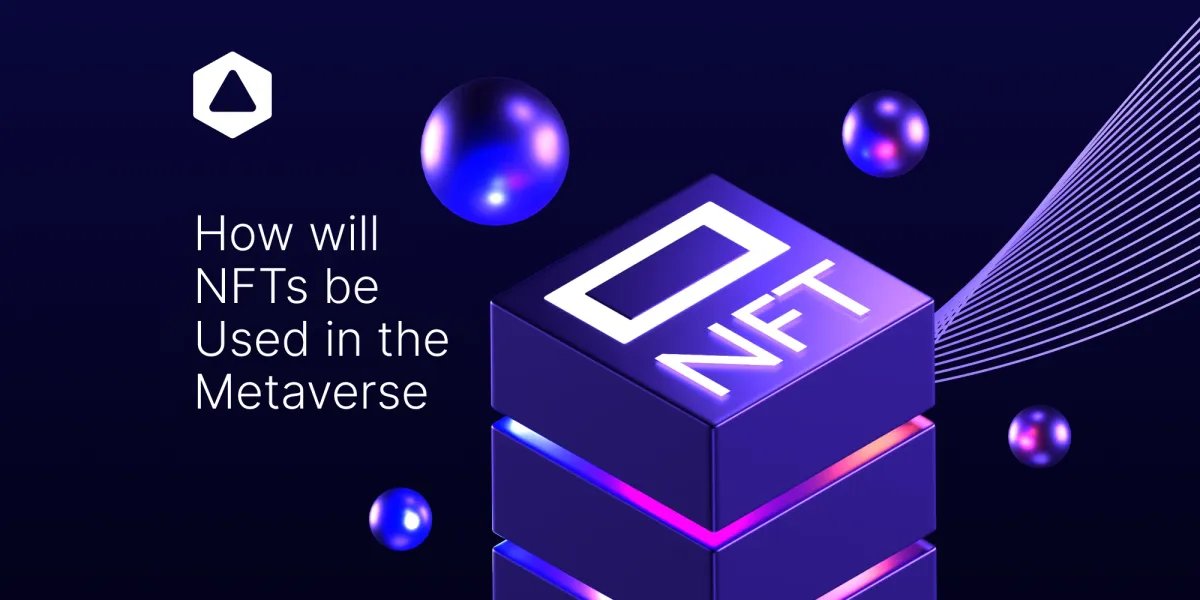
ERC-1155 Token Standard
Ethereum Request for Comment 1155 (ERC-1155) is a multi-token standard that combines the creation and management of fungible and non-fungible tokens in a single smart contract.
As you can tell, it combines features of ERC-721 and ERC-20, which makes it useful for in-game items, collectibles, and the creation of digital assets.
One of the most recent token launches was the ERC-404, where both fungible and non-fungible traits were combined. Check out our article on it here.
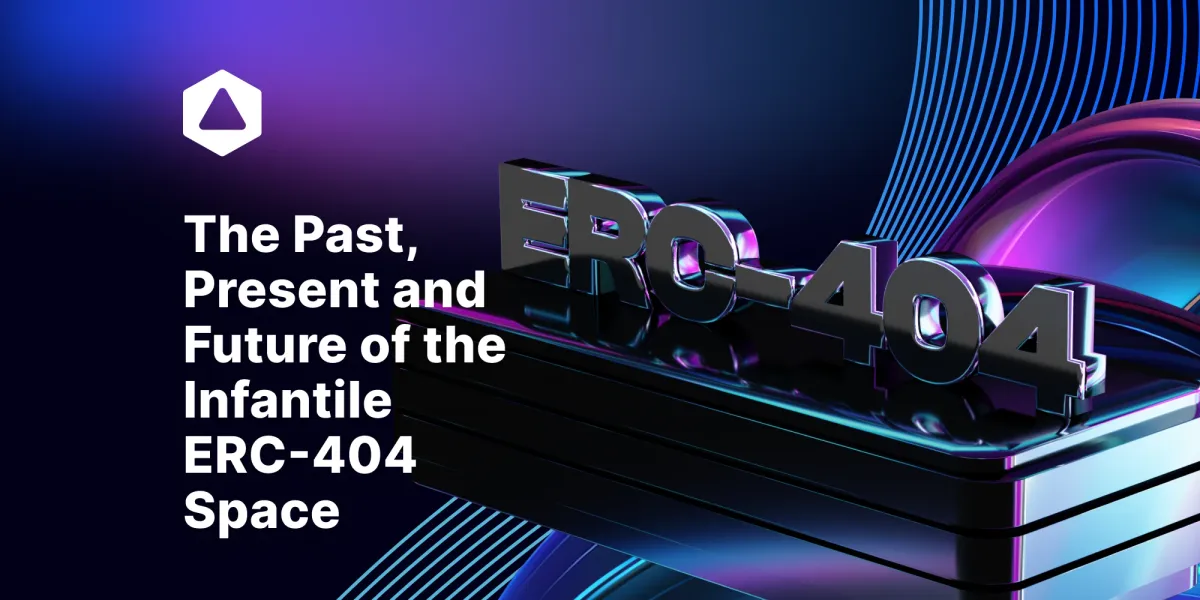
Why ERC Token Standards are Widely Adopted
A common theme you'd notice while learning about token standards is how ERC token standards are so widely adopted. Here are some reasons:
- The Influence of Ethereum: Ethereum's position as a leading blockchain platform for smart contracts and dApps helped with the general adoption of their token standards.
- Developer-Friendly Approach: When the ERC-20 token standard was launched, it provided a clear approach for developers so that even those with limited know-how could easily create a token. It also came with a lot of resources — comprehensive documentation, tutorials, and support — to provide more help to developers willing to learn.
Similarities can be seen with the usage of the popular token standard of Ethereum and the writing language where these tokens are created, namely Solidity. This is also why Bitfinity leverages this most common programming language.
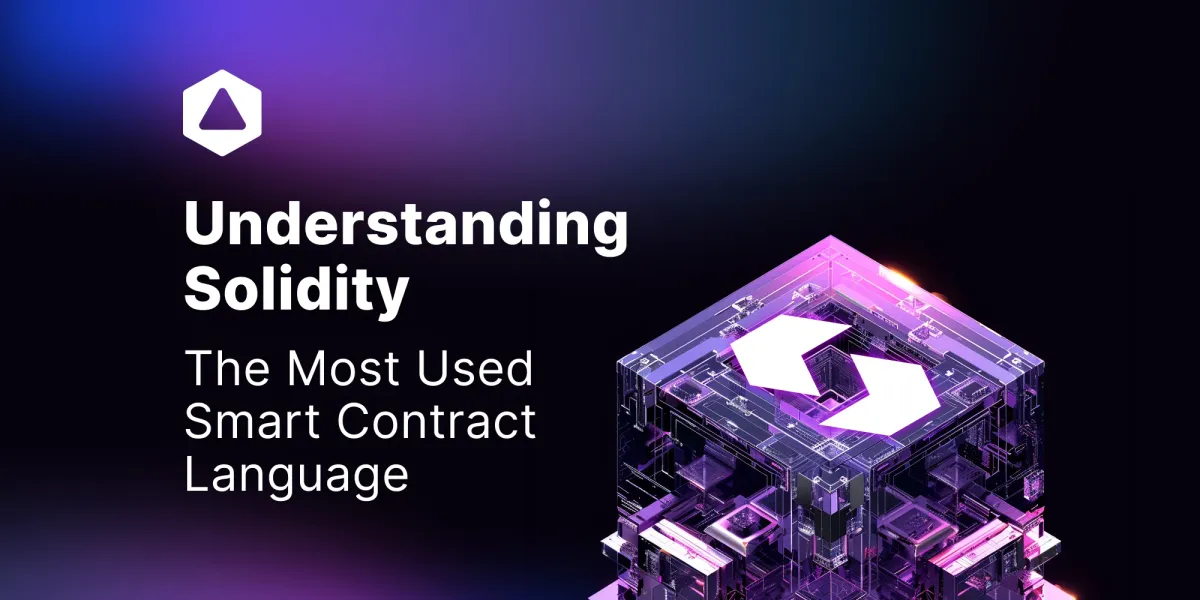
BEP-20 Token Standard
BEP-20 is short for Binance Evolution Proposal 20. It provides the specifications for creating fungible tokens to function on Binance Smart Chain (BSC). BEP-20 token standard is similar to ERC-20 in some ways like the definition for token transfer and total supply.
BEP-20 is simply a modification of the ERC-20 token standard, making BEP-20 tokens compatible with ERC-20.
Beyond the BEP-20 token standard, there is a suite of other BEP token standards including BEP-2, BEP-721, and BEP-1155.
TRC-20 Token Standard
TRC-20 (TRON Request for Comment 20) is a token standard on the TRON blockchain for creating and managing fungible tokens. It adopts a similar architecture to the ERC-20 standard which makes them interoperable.
TRC-20 tokens benefit from TRON's lower transaction fees compared to Ethereum and are used in dApps, stablecoins, and gaming. Other TRON token standards include TRC-10, TRC-721, and TRC-1155.
SPL Token Standard
The Solana Program Library (SPL) token standard is dedicated for creating and managing fungible and non-fungible tokens on the Solana blockchain. It supports minting, burning, transferring, and metadata management.
Token-2022 a recent upgrade improves SPL with features like interest-bearing tokens and advanced features that add to a token's functionality. SLP isn't directly interoperable with ERC token standards and will require a bridge to connect both standards.
Similar Functions and Events Governing Token Standards
Token standards like ERC-20, TRC-20, and BEP-20 share a set of common functions and events which have been outlined below. These play a key role in keeping token management consistent across different blockchain ecosystems.
Key Functions
- Total Supply: Specifies the total number of tokens in existence.
- Balance Of: Returns the token balance of a given address.
- Transfer: Moves tokens from one address to another.
- Transfer From: Allows tokens to be transferred on behalf of an address.
- Approve: Authorizes a specified number of tokens for use by another address.
- Allowance: Returns the number of tokens approved for withdrawal by a specific address.
Understood the basics of functions and events? Excellent, let's look at the benefits token standards provide.
Advantages of Token Standards
- Interoperability: Without a standardized approach to token creation, you would need different applications for every token, unlike now where you can store and perform transfers with different tokens on just one platform.
- Simplified Development: Token standards provide a blueprint for developers that makes it easier to create new tokens without starting from scratch, which reduces the development process and complexity. Developers also have access to existing resources and tools to aid development making developing easier
- Better Security: Using token standards provides better security since these various standards undergo several checks and rigorous testing, which helps reduce the risk of pitfalls. Also, since these standards are widely used, it makes it easier to identify and fix vulnerabilities.
- Better Liquidity: With tokens being able to list on several popular exchanges, they can easily be discovered and made accessible to users.
- User Trust and Adoption: Tokens that make use of well-known token standards are likely to be trusted by users, traders, and investors, which will have an effect on adoption and token usage.
What is the Difference Between a Token Standard and a Token Type?
Token types and token standards are related concepts, but they serve different purposes. A token type essentially refers to the categorization of the token based on its use and properties, such as whether a token is fungible or non-fungible. On the other hand, a token standard refers to a set of technical specifications that a token must adhere to in order to function within a particular ecosystem,.
For instance, you could create a fungible token on Ethereum without following any specific ERC standards, but you'll have compatibility issues, because it won't be easily integrated into your favoriteDeFi platforms or wallets.
What are the risks of sending tokens to non-compliant smart contracts?
If a smart contract doesn't comply with a token standard's functions and events, sending tokens to it can result in permanent loss. For example, if atoken is sent to a non-compliant contract, those tokens may become irretrievable.
What Are the Challenges in Token Development?
There are two major challenges: the absence of standardized languages that decide how all tokens operate and the difficulty with regulatory compliance.
For the former, lack of a unified token standard raises issues for developers and users.
For developers, it can be difficult to select the right standard for their projects. Also, it can limit the potential target audience to users of a single chain. The result is slow project growth and limited utility. For users with limited blockchain knowledge, the experience becomes a problem.
The lack of tailored or adapted regulations for crypto tokens and, by extension, the entire crypto ecosystem is a problem. Also, it's very difficult for standardized tokens to comply with all relevant regulations, such as securities laws
Conclusion
The impact and role token standards play in blockchain ecosystem growth can't be overlooked, as they're important for interoperability. Yet the challenges mentioned above need to be addressed to make them inclusive for developers and users, who are major contributors.

Connect with Bitfinity Network
Bitfinity Wallet | Bitfinity Network | Twitter | Telegram | Discord | Github

*Important Disclaimer: The information on this website is provided for general informational purposes only and should not be considered financial advice. While we strive for accuracy, Bitfinity does not endorse and is not responsible for any errors or omissions or for results obtained from the use of this information. Views expressed herein may not reflect those of Bitfinity. External links are provided for convenience and verification of information is recommended before taking any actions based on content found here.



Comments ()